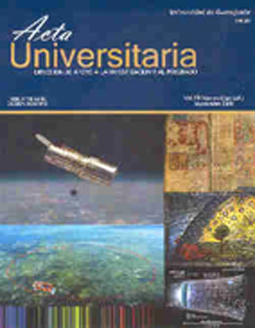Resumen
In this study, X-ray absorption spectroscopy was used to determine the possible gold biotransformation by Zea mays (corn) var. Golden, germinated and grown in a medium spikedwith KAuCl4. In addition, the gold uptake capacity of corn assisted by thiourea and ammoniumthiocyanate was investigated. Results showed that up to 160 mg/L, gold did no treduce corn seed germination or plant growth. Both thiourea and ammonium thiocyanateresulted in a 6-fold increase of gold concentration in roots and thiourea promoted a 10-fold increase of gold concentration in shoots. X-ray absorption near edge structure studies demonstrated that approximately 91% of the gold present in plant samples was Au(0). Theremaining 9% was present as Au(III). In addition, extended X-ray absorption fi ne structureresults showed that in corn roots, the gold coordination number was around 9,5 neighboringgold atoms at approximately 2,86 Å, indicating an incomplete fi rst coordination shell,which imply the presence of a nano-phase. The results demonstrated that Z. mays was ableto produce gold nanoparticles with a size of 10,36 nm.

